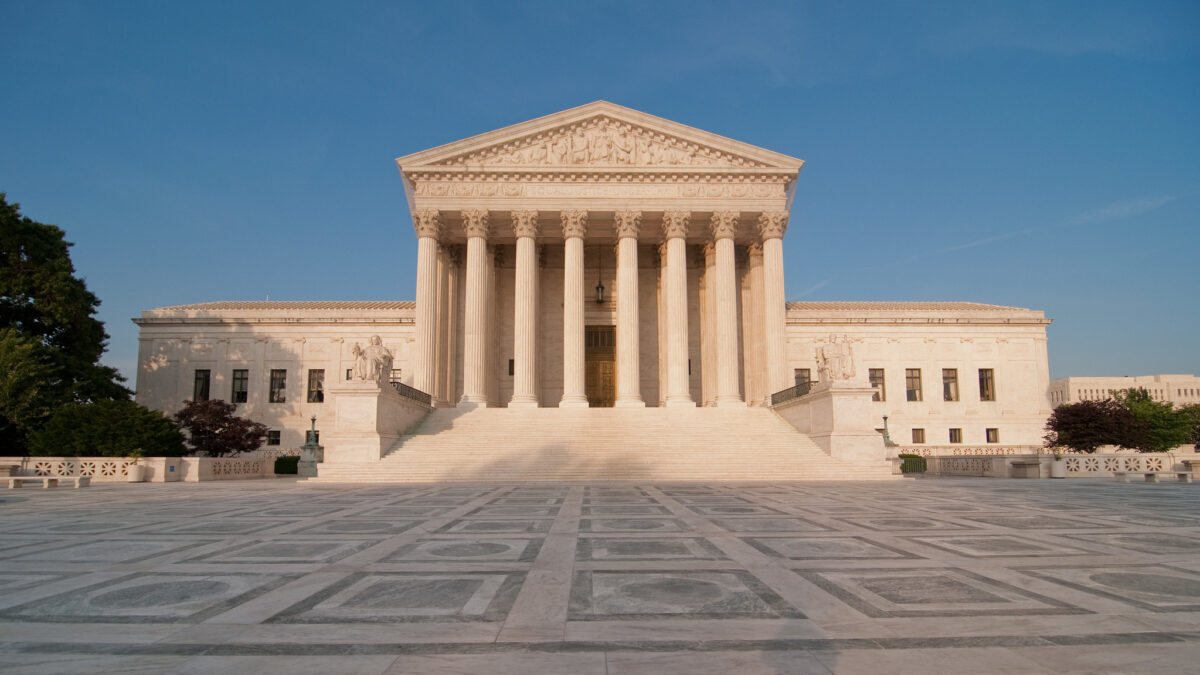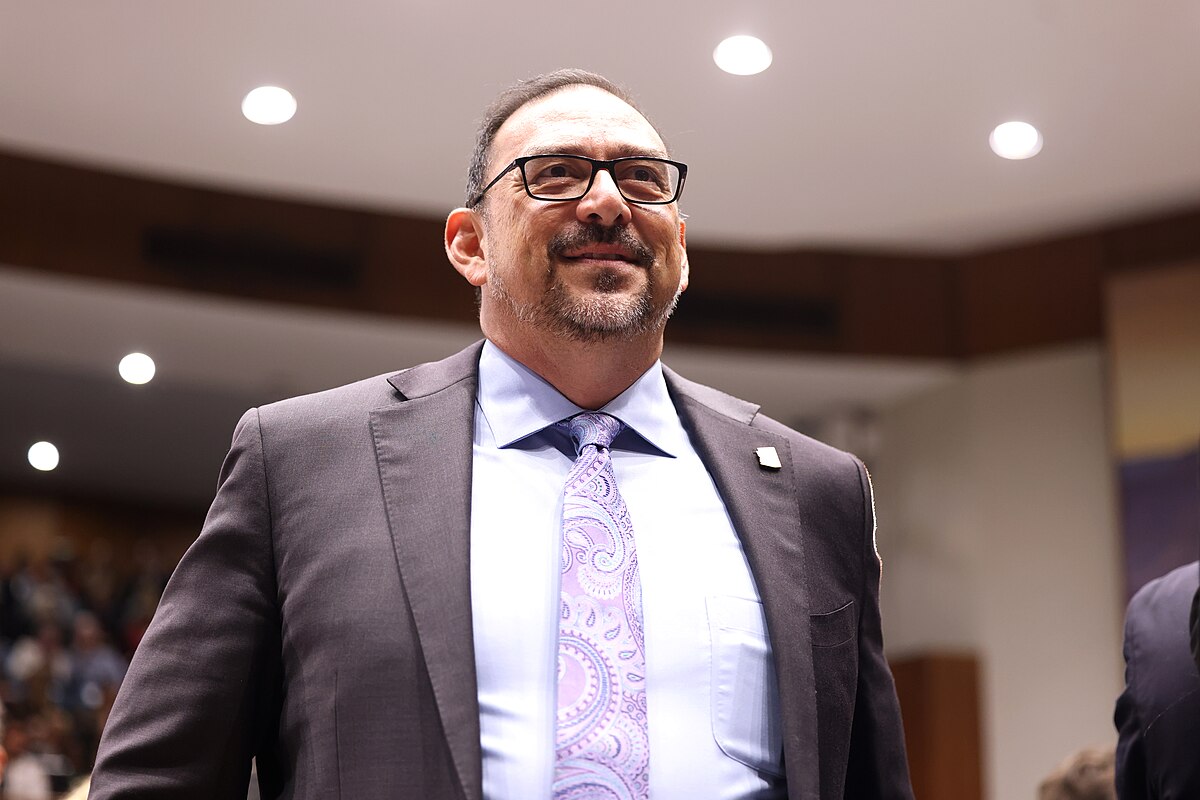Liberal justices’ dissent rate at Supreme Court lowest since 2005.
Supreme Court’s Liberal Minority Bloc Dissent Rate at 25-Year Low
With 27 opinions left for the Supreme Court to hand down before the end of the month, the rate of dissents from the three-member liberal minority bloc is standing at its lowest point in the past 25 years.
As of June 2, Justices Sonia Sotomayor, Elena Kagan, and Ketanji Brown Jackson have only issued five dissenting opinions, or responses disagreeing with the majority, out of the 29 argued and signed decisions. That’s roughly a 5% dissent rate and represents the lowest rate since Chief Justice John Roberts joined the court in 2005, according to Adam Feldman, founder of the widely cited blog Empirical SCOTUS.
Unpredictable Term
While Feldman said instances like the current low rate of dissents or the initially slow release of opinions made this term “unpredictable in some ways,” he contends that the Roberts court is “backloading” the polarizing decisions such as cases surrounding affirmative action, election law disputes, and a fight between religious freedoms and anti-discrimination laws.
“When I look back historically, there have been in the last 10 years or so several terms we didn’t have division along ideological lines until June. So this isn’t unprecedented that you wouldn’t have a divided court until June,” Feldman told the Washington Examiner.
Factors at Play
The primary difference is President Joe Biden nominated Jackson to succeed the seat held by now-retired Justice Stephen Breyer. Another factor, Feldman said, is the subject matter of cases, as last year, the court ruled on polarizing issues surrounding Second Amendment rights and allowed the curtailing of abortion access in states.
Feldman said the low rate of dissents could be spurred by the fact that over 50% of the argued and signed decisions this term have been 9-0 unanimous and featured several concurrences, meaning a response that agrees with the majority opinion but for reasons not stated by the primary author.
Possible Negotiations and Bargaining
Feldman added there could be a “few things” to explain why the high court, which has sustained record-low approval ratings since overturning Roe v. Wade, is showing less disagreement so far this term.
“One is that I think it does deflect a little bit from this sense of, you know, that the court is really, really divided,” Feldman said, contending, “That’s kind of reading the tea leaves.”
But Feldman also said it’s possible there are more behind-the-scenes negotiations and bargaining at play, as history shows the Roberts court is no stranger to making deals to obtain varying outcomes in high-profile cases.
The likely short-lived but notably low rate of dissents raises may mean the justices are finding ways to bridge their differences.
“Even though this trend is unlikely to hold through June, this alludes to the court’s ability to bounce back from one of the most ideologically tinged terms ever last term,” Feldman added.
" Conservative News Daily does not always share or support the views and opinions expressed here; they are just those of the writer."





Now loading...